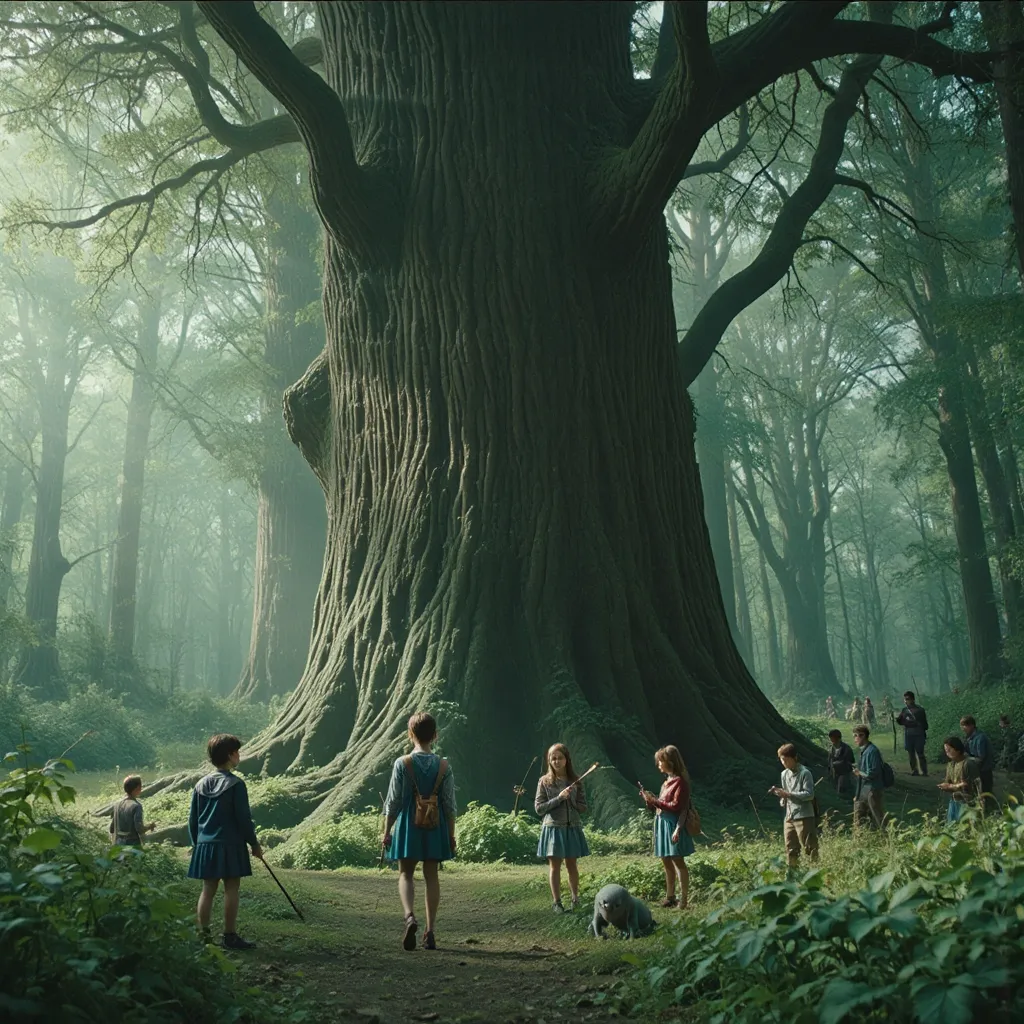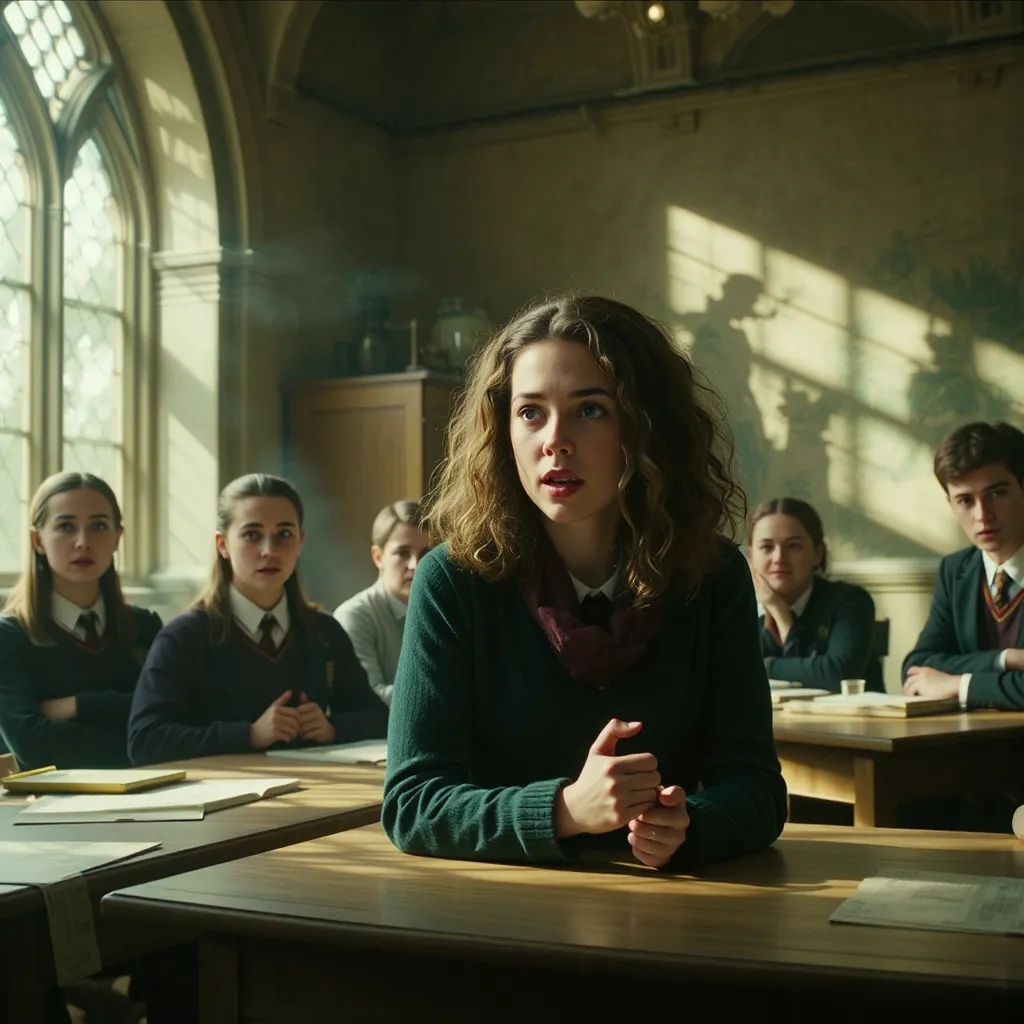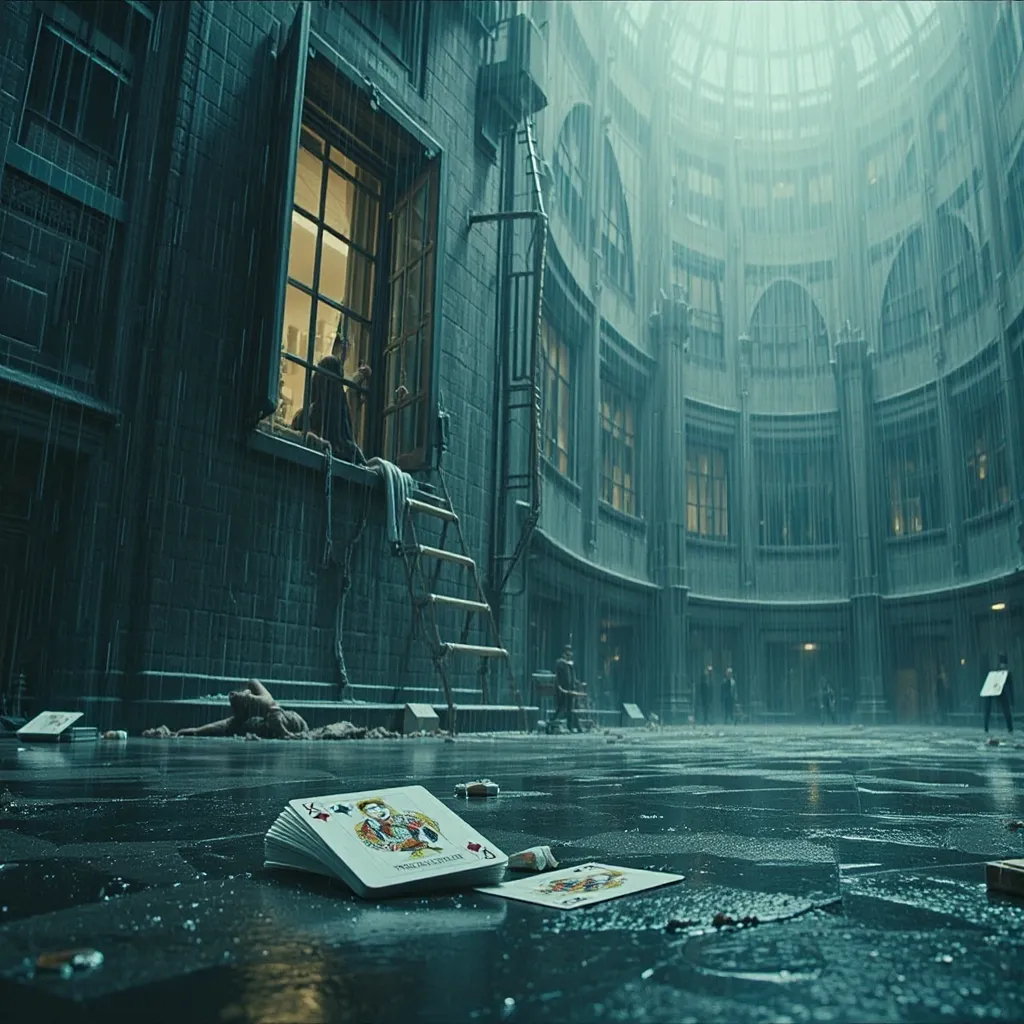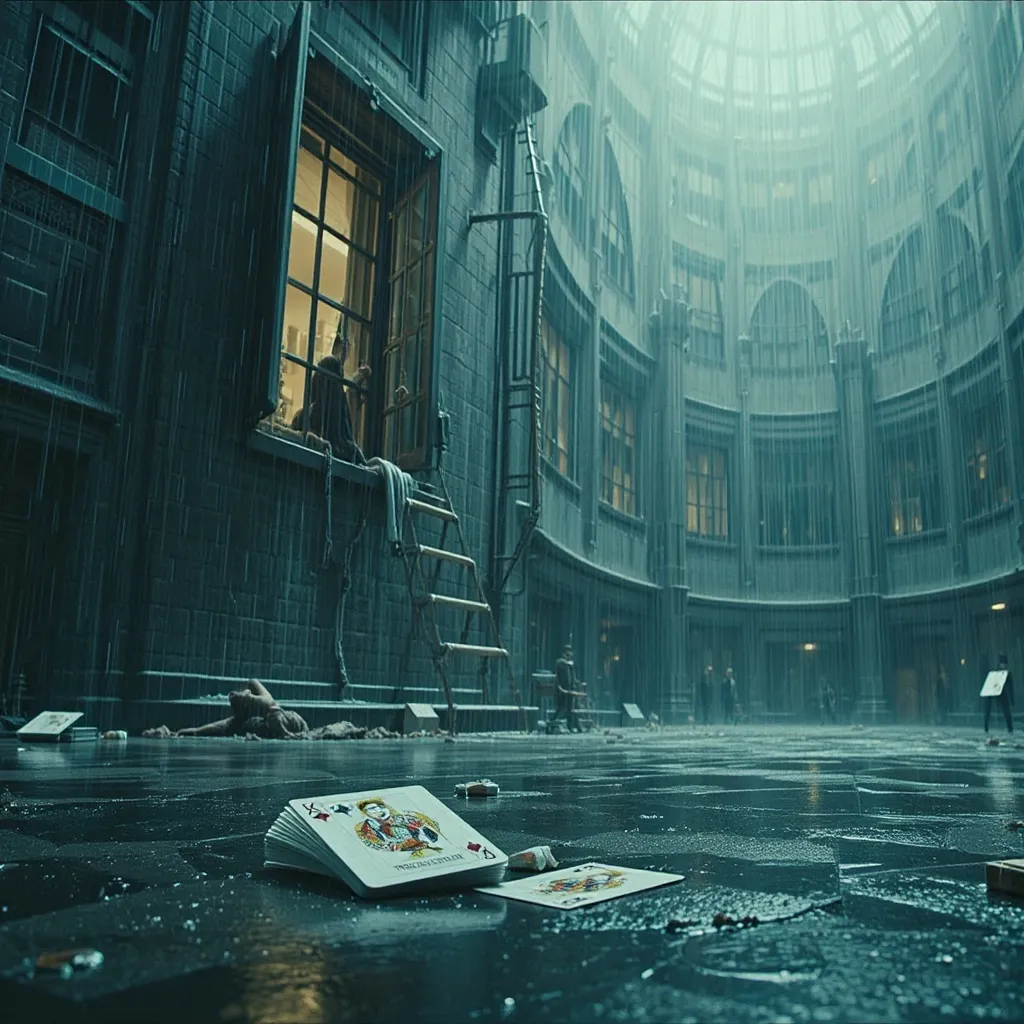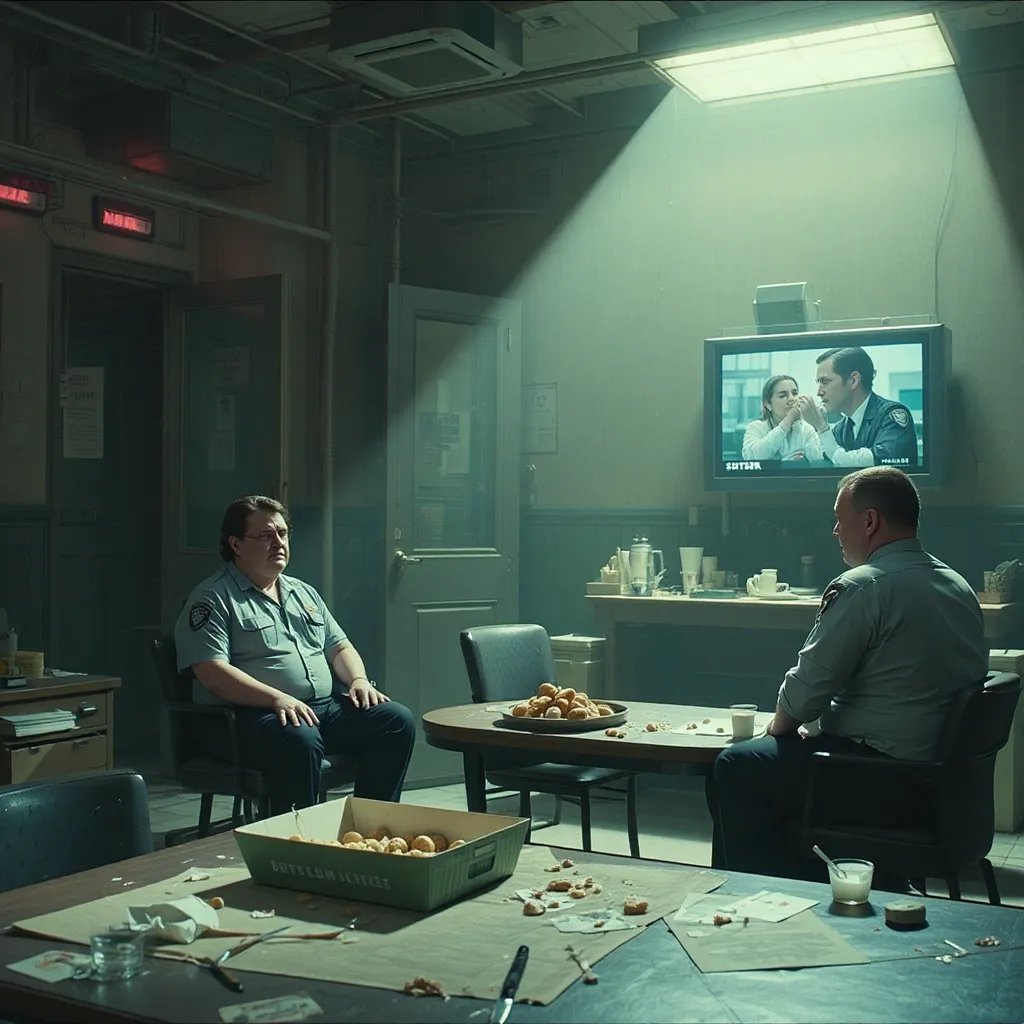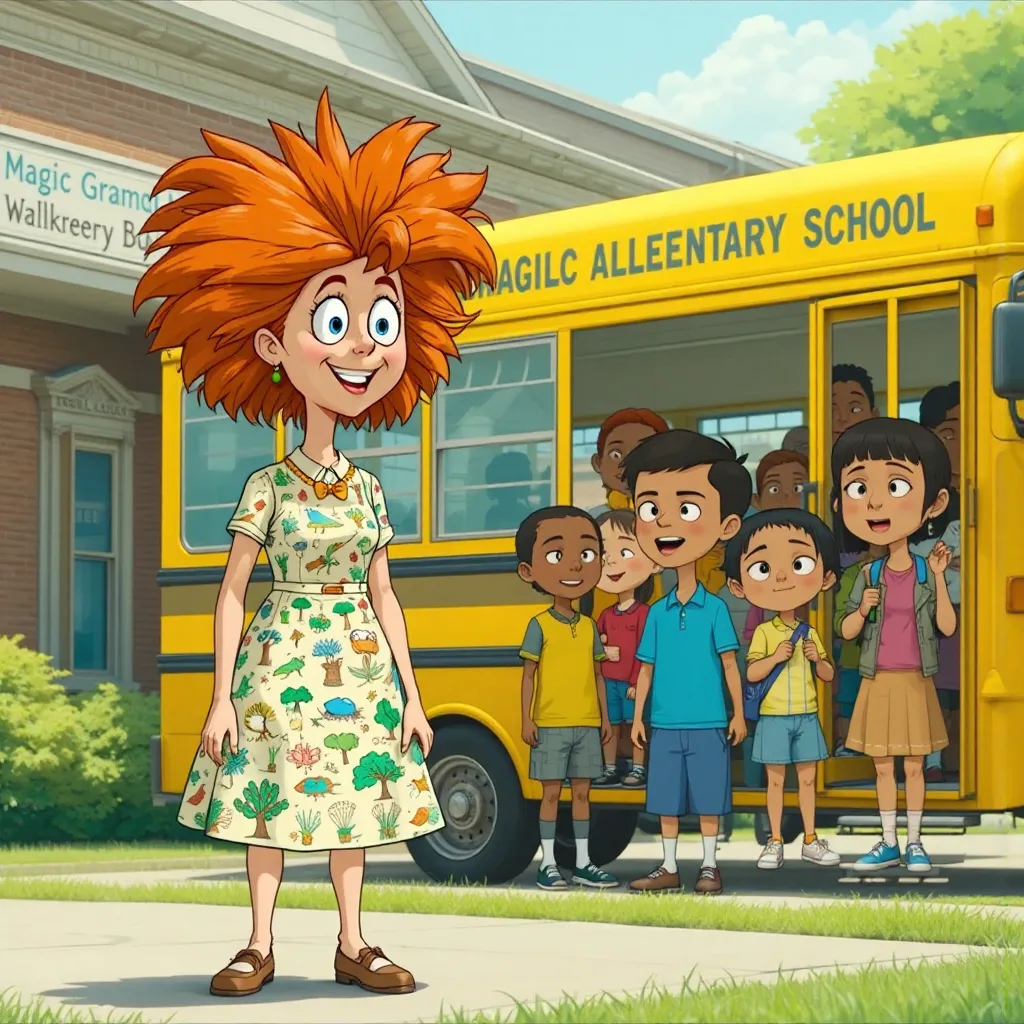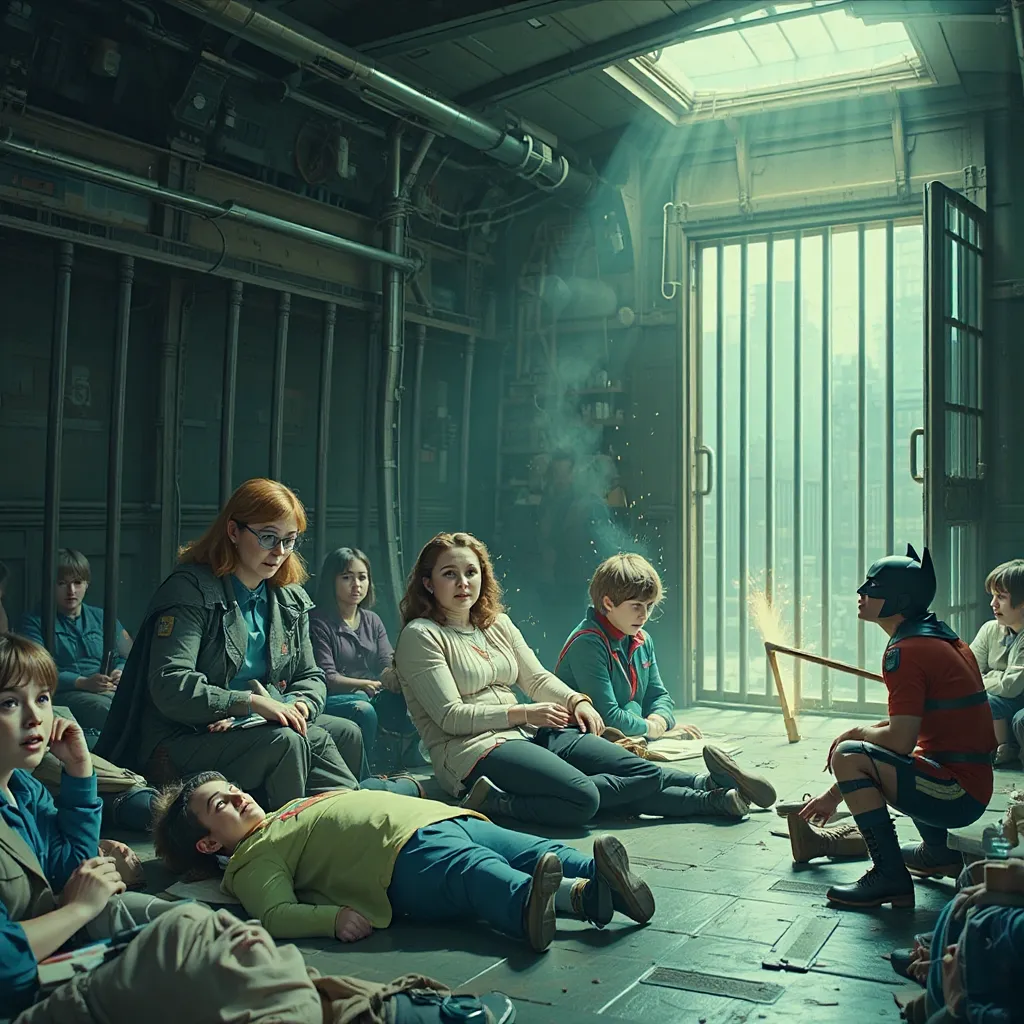At her home in Cherry Hill NJ, Dora was in her room grounded for beating up Gina Delgato in school, her parents were going away and they were leaving her alone, she soon with a evil mind decided to have a sleepover
Dora fumed in her room in Cherry Hill, New Jersey. Grounded. All because of that sniveling Gina Delgato. “She deserved it,” Dora muttered, kicking a discarded sneaker across her messy bedroom floor. Her parents were leaving for the weekend, a “romantic getaway,” they called it. Leaving her alone. An evil little grin crept across Dora’s face. A sleepover… that’s exactly what she needed. A chance to blow off some steam and maybe, just maybe, get a little payback.

Dora soon invites Caillou, Pokemon’s Trip, Total Drama’s Alejandro, Barney the fat dinosaur, Little Bill, Bear in the Big Blue House, Stephanie Gavin, and The Backguardian’s Pablo and Tyrone
Dora grabbed her phone, a devilish glint in her eyes. Who to invite? She scrolled through her contacts, a twisted plan forming in her mind. This wasn’t just going to be a sleepover; it was going to be an experience.
First, there was Caillou. The bald-headed whiner was always good for a laugh, even if it was a mean one. Then, Pokemon’s Trip – always so eager to please, easily manipulated. Alejandro from Total Drama would bring the drama, that was for sure. Barney, the fat purple dinosaur? A classic target for pranks. Little Bill – innocent, easily scared. Perfect. Bear from the Big Blue House, a gentle giant who wouldn’t suspect a thing. Stephanie Gavin, the goody-two-shoes, would be horrified by everything. And finally, Pablo and Tyrone from The Backyardigans – their boundless energy could be weaponized for maximum chaos.
She fired off a flurry of texts, each one carefully crafted to lure her unsuspecting victims into her web of teenage terror. This sleepover was going to be legendary.
Soon Dora sneaks over to Mia’s All Occasion Party Store in Camden NJ to get balloons, then over to Barnes & Noble to get Rebecca Black’s Friday CD and assorted Barney, Dora, Caillou and Backguardians DVD’s and then to Chuck E Cheese’s in Cherry Hill NJ to get pizza
Dora, fueled by her devious plan, knew she needed supplies. First stop: Mia’s All Occasion Party Store in Camden, New Jersey. She snuck out of the house, careful to avoid being seen by the nosy Mrs. Henderson next door. At Mia’s, she grabbed a bunch of balloons – bright, obnoxious colors that would clash horribly with everything.
Next, it was off to Barnes & Noble. Dora cringed internally but knew it was necessary. She snagged a copy of Rebecca Black’s “Friday” CD. The ultimate torture device. Then, she raided the children’s section, grabbing every Barney, Dora, Caillou, and Backyardigans DVD she could find. The cheesier, the better.
The final stop: Chuck E. Cheese’s in Cherry Hill. What’s a sleepover without pizza? She ordered a mountain of it, ensuring it was the greasiest, most kid-friendly kind they had. With her arsenal complete, Dora sped back home, a maniacal grin plastered on her face. The stage was set for a night of epic proportions. Or, more accurately, epic suffering.

When the guests arrives, Dora soon changes into her pink t-shirt and orange shorts and pops in Friday at high volume, this causes the neighbors homes windows to shatter
As the first of her unsuspecting guests began to arrive, Dora sprang into action. She ditched her black t-shirt and ripped jeans for her signature pink t-shirt and orange shorts – a wolf in sheep’s clothing, if ever there was one. With a gleeful cackle, she cranked up the volume on the “Friday” CD. The tinny, auto-tuned vocals blasted from the speakers, filling the house with a cacophony of teenage angst and questionable lyrical choices.
The sound was so intense, so utterly horrific, that the neighbors’ windows began to vibrate. Then, with a series of sickening cracks, they shattered. Glass rained down on their lawns, a testament to the sheer sonic power of Rebecca Black. Dora, however, was unfazed. This was just the beginning. The sleepover of doom had officially commenced.

The guests dance to it and they are having a good time, down the street, Mrs. Delgato was putting Gina to bed when she could hear the music, she suspects Dora and calls 911
Against all odds, Dora’s plan backfired spectacularly. Instead of being horrified, Caillou, Trip, Alejandro, Barney, Little Bill, Bear, Stephanie, Pablo, and Tyrone loved “Friday.” They started dancing, their awkward moves somehow in sync with the song’s questionable rhythm. Barney even started singing along, his deep voice adding a bizarre layer to the already chaotic soundscape.
Meanwhile, down the street, Mrs. Delgato was tucking Gina into bed. The vibrations from the music rattled the windows. “That must be Dora,” she seethed, recognizing the distinct sound of Rebecca Black’s masterpiece. She grabbed her phone and dialed 911. “I’d like to report a noise complaint… and possible property damage. That Dora kid is at it again!”

Cherry Hill Police arrives and finds the troublemakers dancing, they soon enter the home and place all of them under arrest for property damage, Mrs. Delgato soon calls Dora’s parents
Sirens wailed in the distance, growing louder with each passing second. Soon, flashing red and blue lights illuminated Dora’s living room, casting an eerie glow on the dancing figures. The Cherry Hill Police Department had arrived.
Two officers cautiously approached the house, their hands hovering near their holsters. The sound of “Friday” was deafening, even from the sidewalk. They exchanged a nervous glance before one of them knocked loudly on the door. When Dora didn’t answer, they simply kicked it in.
The sight that greeted them was… unusual. Caillou, Trip, Alejandro, Barney, Little Bill, Bear, Stephanie, Pablo, and Tyrone were still dancing, oblivious to the flashing lights and the stern-faced officers standing in the doorway. The officers, after a moment of stunned silence, sprang into action. “You’re all under arrest for property damage!” one of them shouted over the music.
Chaos erupted. Barney started crying, Little Bill hid behind Bear, and Alejandro tried to sweet-talk the officers. But it was no use. One by one, they were handcuffed and led out of the house. Dora watched in disbelief as her sleepover turned into a full-blown police raid.
As the last of the partygoers were being loaded into the police van, Mrs. Delgato called Dora’s parents, her voice dripping with satisfaction. “Just thought you should know,” she said, “your daughter’s having a little trouble with the law.”
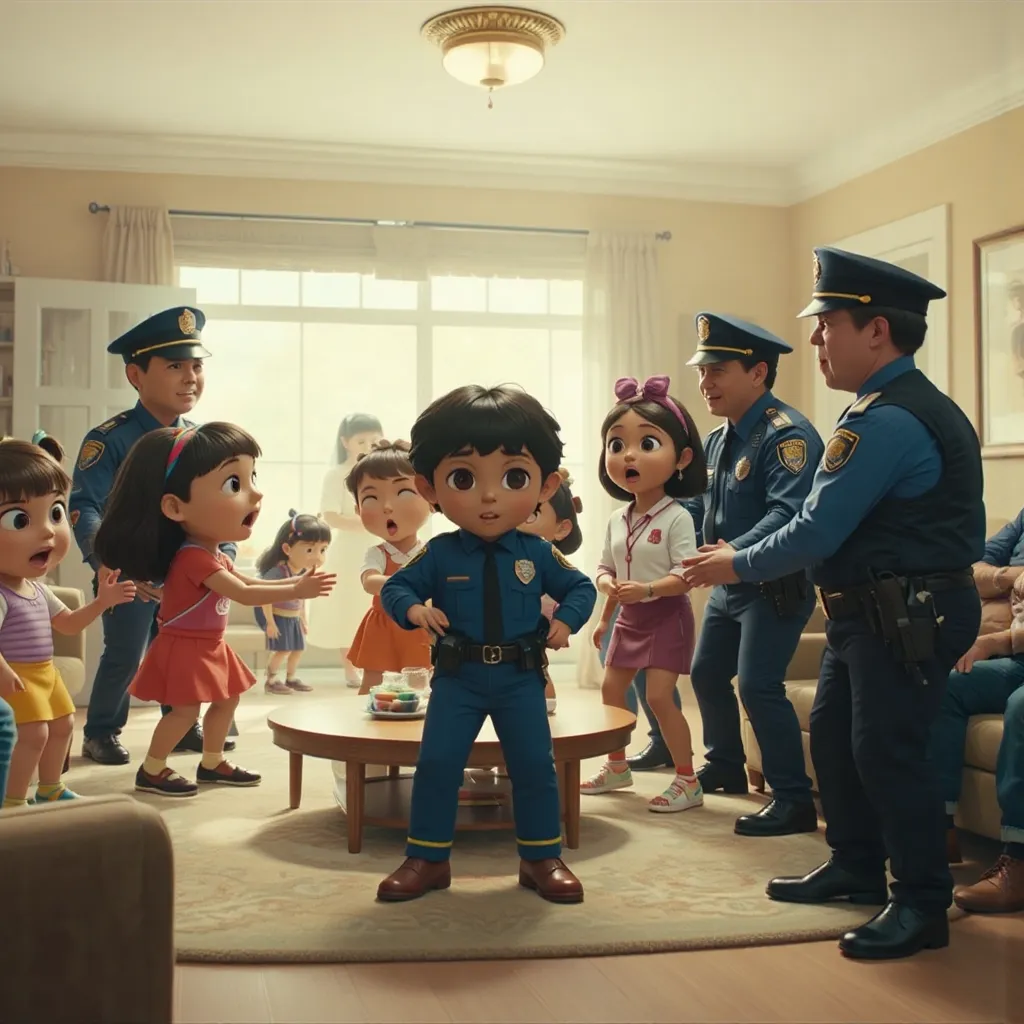
Dora and her friends were taken to Camden County Youth Detention Center in Blackwood NJ, they would be held until bail hearing, all changed into orange jumpsuits
The ride to the Camden County Youth Detention Center in Blackwood, New Jersey, was silent and grim. Dora sat slumped in the back of the police car, the flashing lights reflecting in her wide, defeated eyes. Her grand plan had backfired in the most spectacular way possible.
At the detention center, the reality of her situation hit her hard. Gone were the bright colors of her pink t-shirt and orange shorts, replaced by a drab orange jumpsuit. The same fate befell Caillou, Trip, Alejandro, Barney, Little Bill, Bear, Stephanie, Pablo, and Tyrone. They were all stripped of their individuality, reduced to identical figures in the cold, sterile environment.
As they were processed and assigned cells, Dora couldn’t help but feel a pang of guilt. She had dragged her friends into this mess, and now they were all facing the consequences. The sleepover of doom had become a nightmare. The next step was the bail hearing, and Dora had no idea what awaited them.
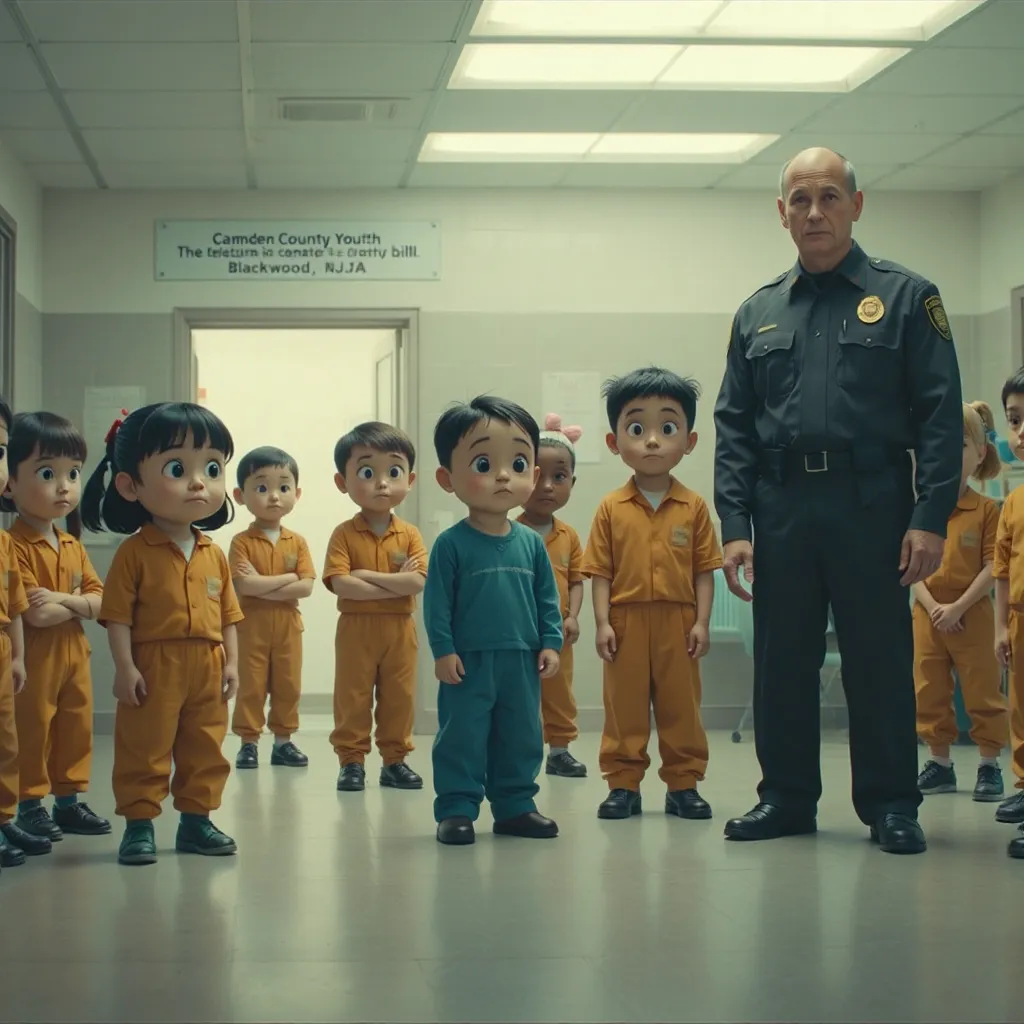
Dora’s parents arrived and grounded her in jail, and were not going to bail her, the same for the other guests
The bail hearing was a disaster. Dora’s parents, furious about the shattered windows, the police raid, and the sheer embarrassment of it all, refused to bail her out. “She’ll learn her lesson in there,” her mother declared, her voice tight with anger. The parents of the other guests, equally appalled by their children’s behavior (and the fact that they were dancing to Rebecca Black), followed suit. Caillou, Trip, Alejandro, Barney, Little Bill, Bear, Stephanie, Pablo, and Tyrone were all staying put.
Dora was officially grounded… in jail. The irony wasn’t lost on her. The orange jumpsuit felt even heavier now, the cold bars of her cell even more confining. She was alone, facing the consequences of her actions, with nothing but time to reflect on her disastrous attempt at a sleepover. The sounds of the detention center – the clanging of metal doors, the muffled voices of other inmates – echoed around her, a constant reminder of her predicament. This was going to be a long time.

All of the troublemaker’s bails were denied at the Mitchell H. Cohen United States Courthouse in Camden NJ the next day, they would be remanded until trial
The next day, the Mitchell H. Cohen United States Courthouse in Camden, New Jersey, felt like a scene from a bad dream. Dora, still clad in her orange jumpsuit, sat nervously beside the other inmates – Caillou, Trip, Alejandro, Barney, Little Bill, Bear, Stephanie, Pablo, and Tyrone. Their faces were a mixture of fear and confusion.
The judge, a stern-looking woman with no patience for teenage antics, listened to the prosecution’s case. The shattered windows, the noise complaints, the sheer audacity of their behavior – it all painted a grim picture. When the defense attorneys pleaded for bail, the judge shook her head.
“Given the severity of the charges and the potential flight risk,” she announced, “bail is denied for all defendants. They will be remanded to the Camden County Youth Detention Center until trial.”
A collective groan filled the courtroom. Dora’s heart sank. This was it. They were stuck. The trial loomed ahead, a daunting and uncertain prospect. Back in the detention center, the reality of their situation began to sink in. The orange jumpsuits felt heavier than ever, the bars of their cells more imposing. Their sleepover had turned into a full-blown legal nightmare.
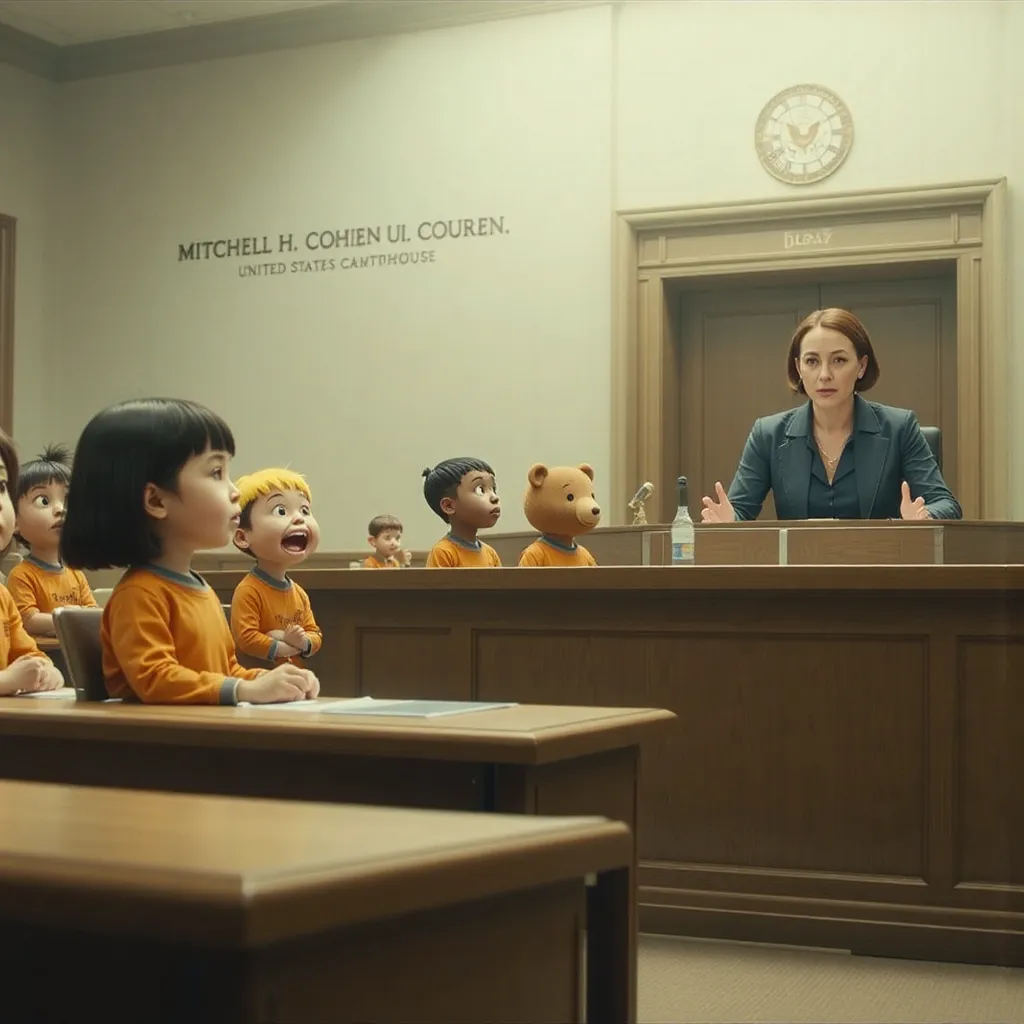
Gina finds out from her mom and is happy, she will never have to see her arch enemy again
Back in Cherry Hill, Mrs. Delgato, still buzzing from her phone call to Dora’s parents, relayed the news to Gina. “Well, sweetie,” she said, a smug smile on her face, “it looks like you won’t have to worry about Dora for a while. She’s… indisposed.”
Gina’s eyes widened. “You mean… she’s gone?” she asked, a flicker of hope in her voice.
“Let’s just say she’s going to be spending some quality time reflecting on her choices,” Mrs. Delgato replied, carefully omitting the details of Dora’s incarceration.
A slow smile spread across Gina’s face. Finally, some peace and quiet. No more taunts, no more shoves in the hallway, no more fear of running into Dora at the mall. For the first time in a long time, Gina felt a sense of relief wash over her. She might not know exactly what happened, but she knew one thing: Dora was out of her life, and that was all that mattered.


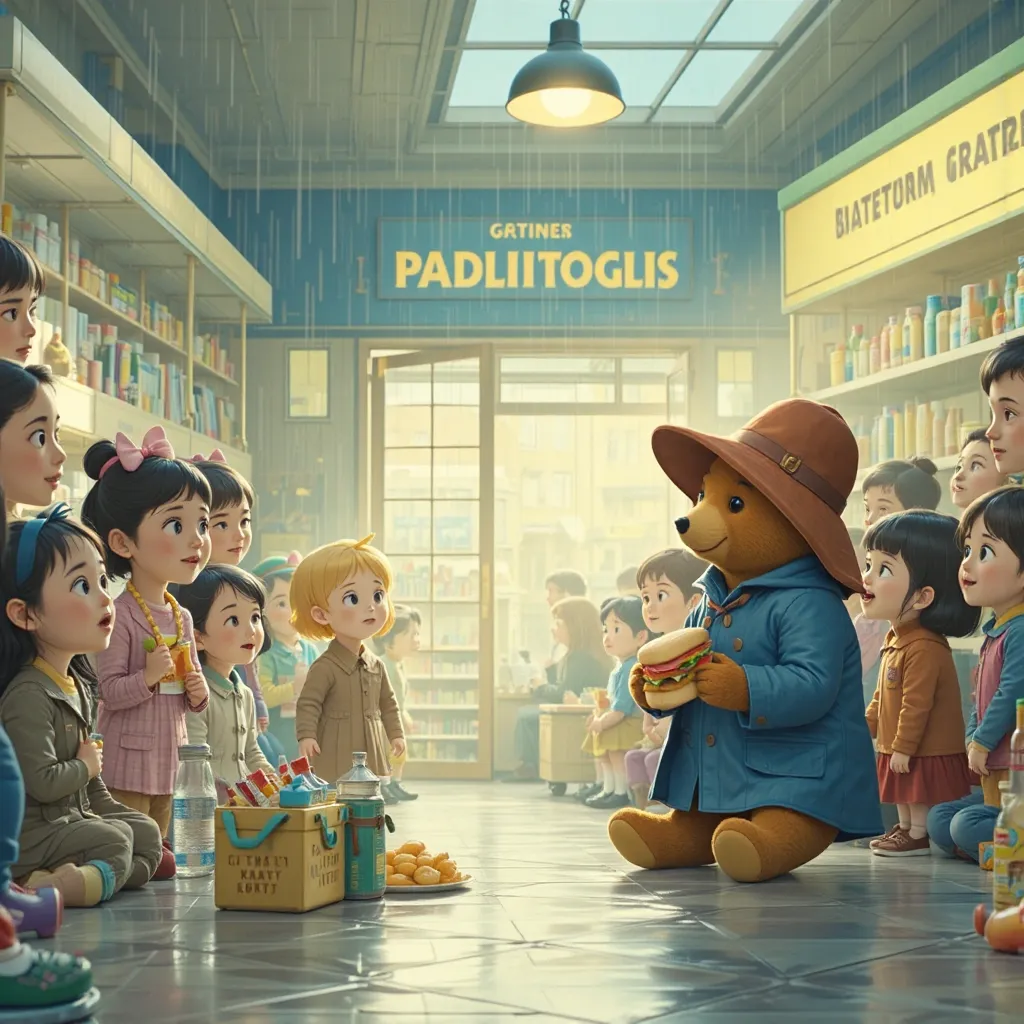
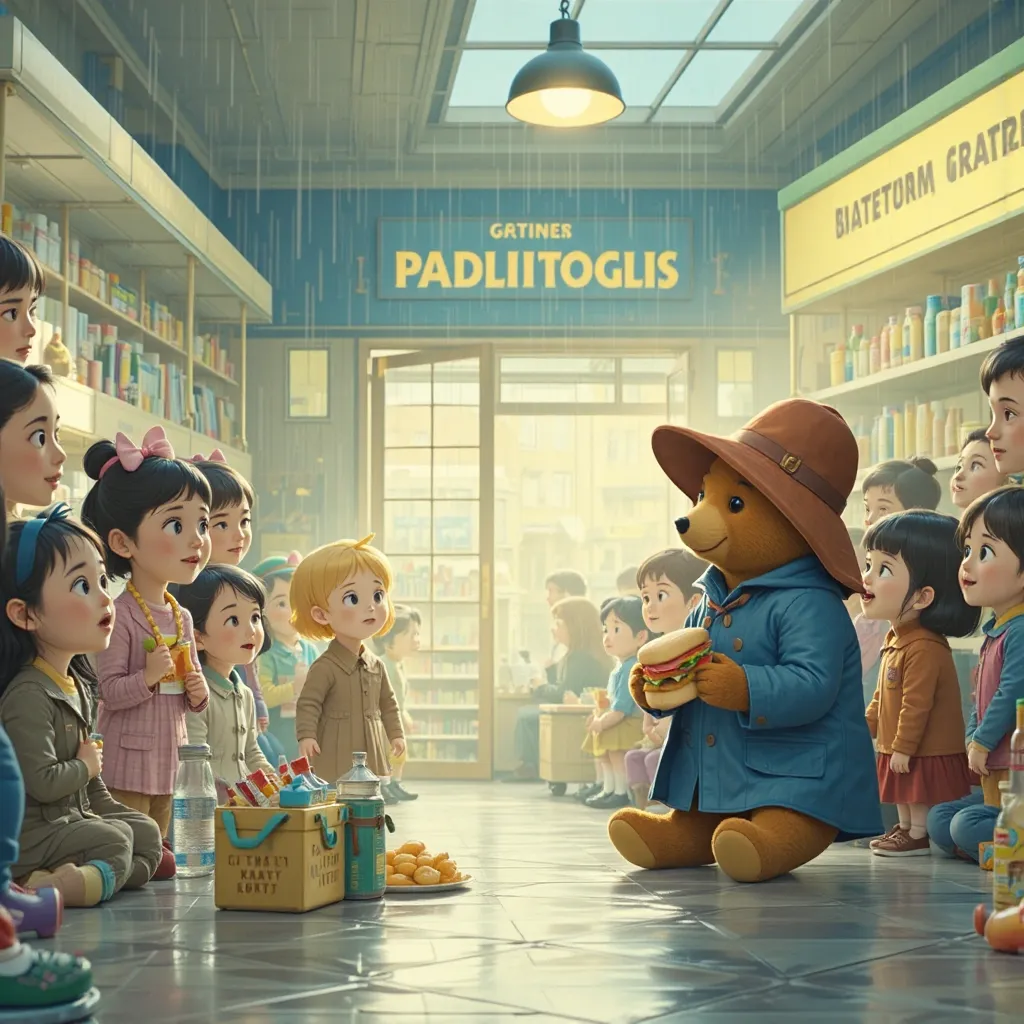
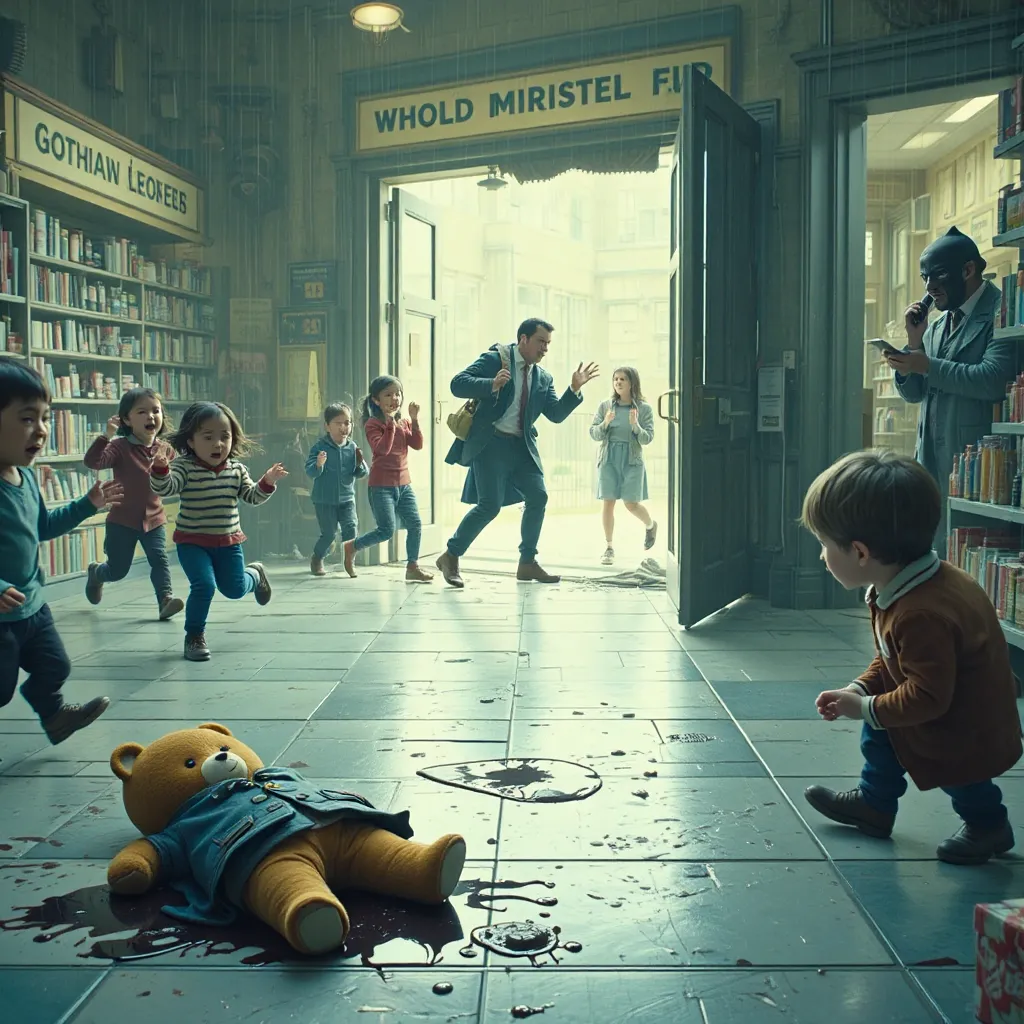

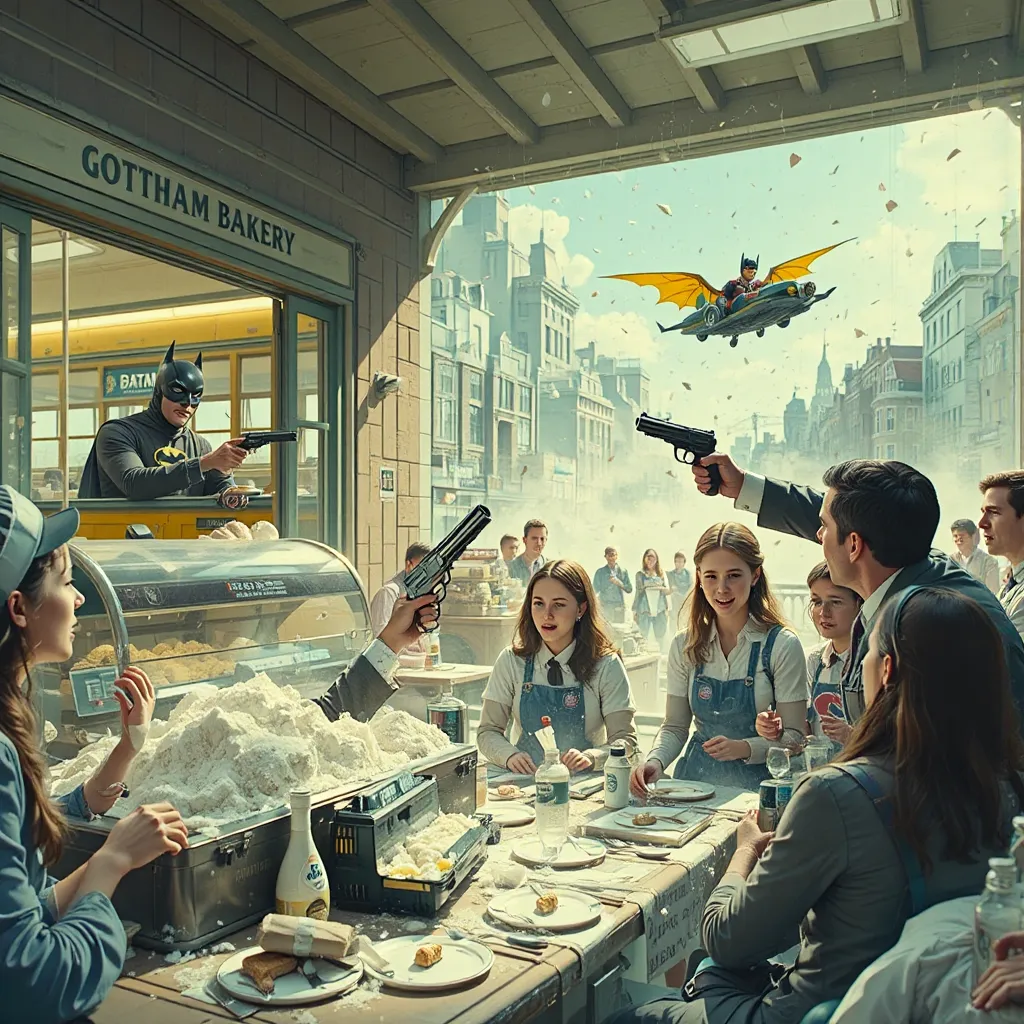


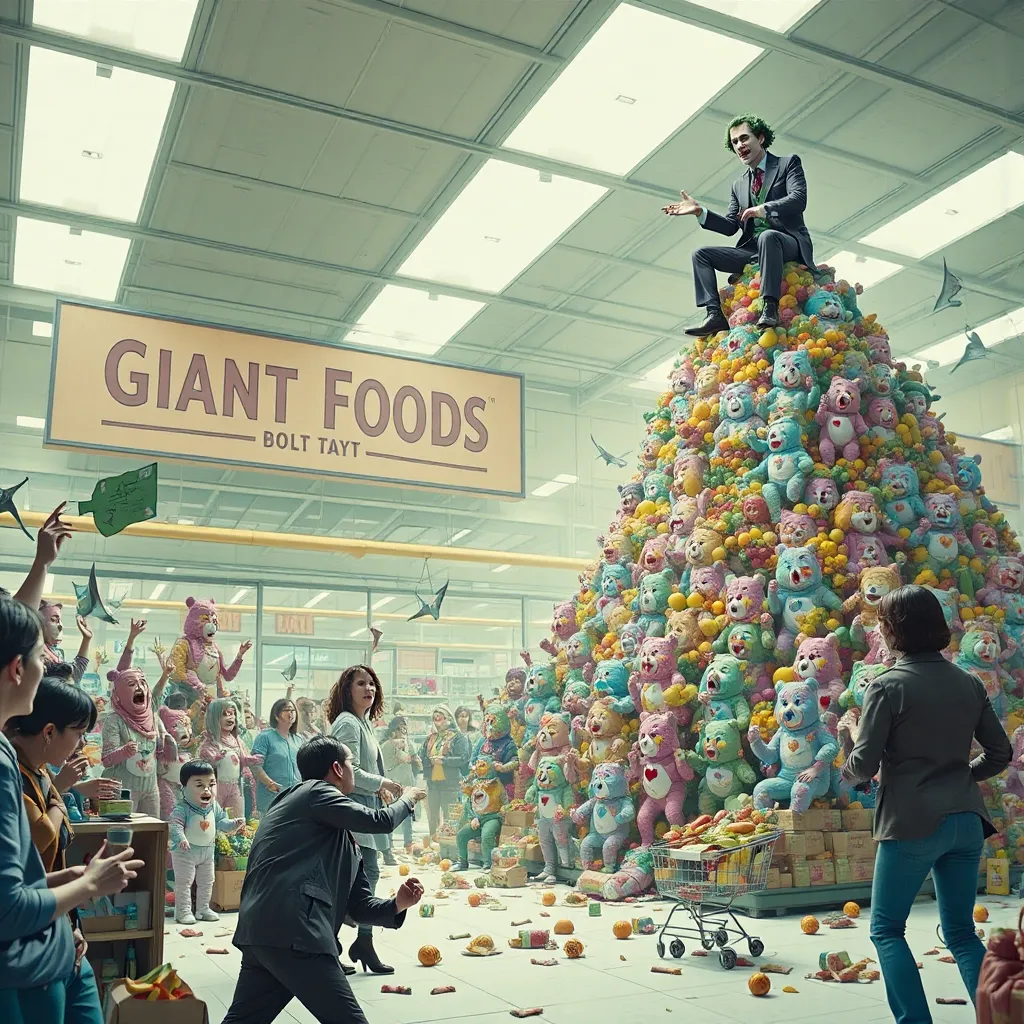


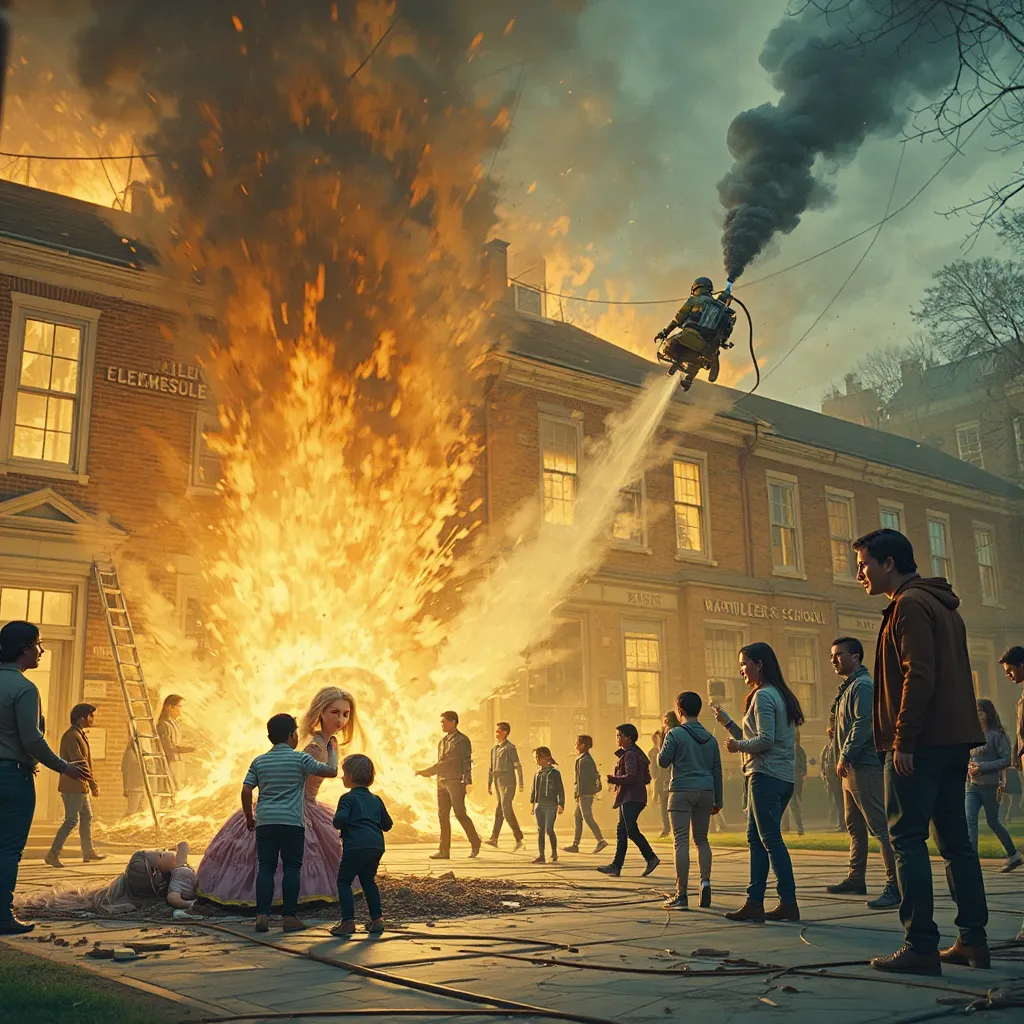





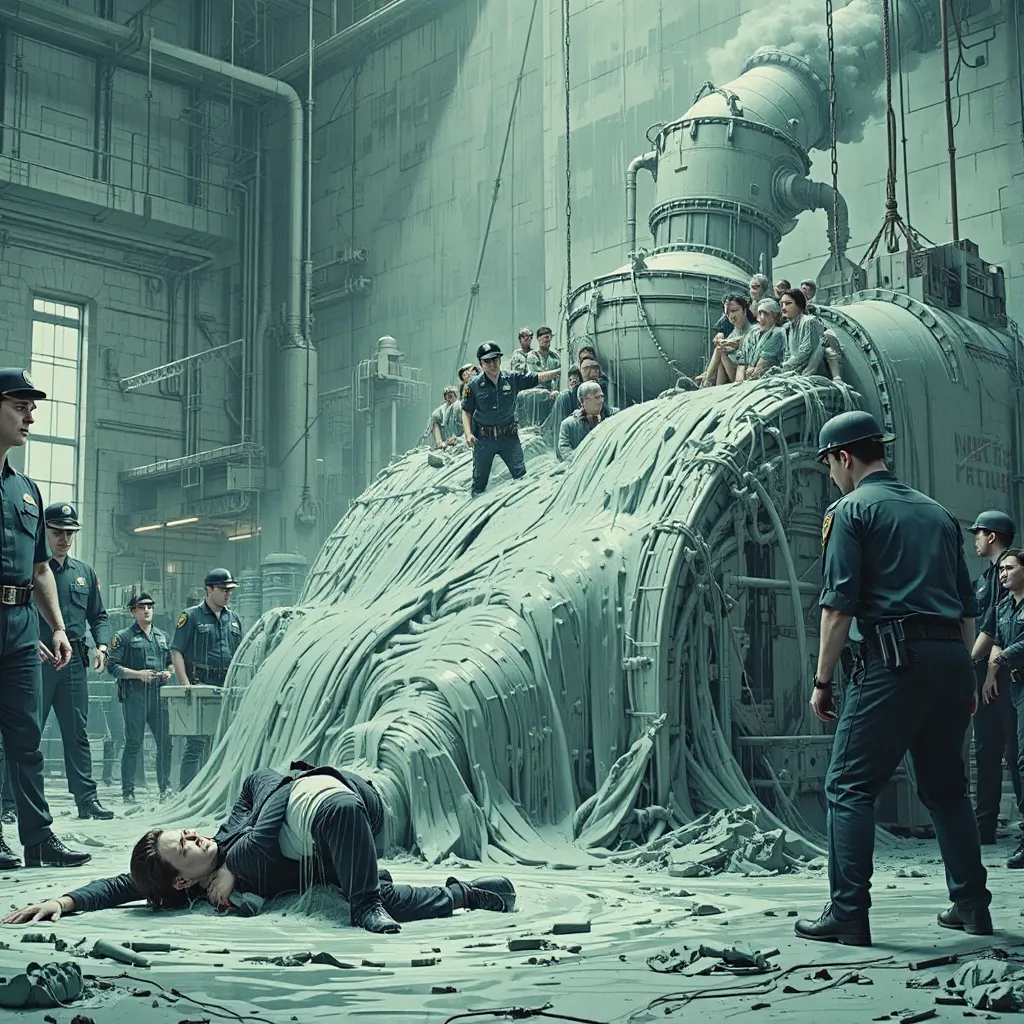


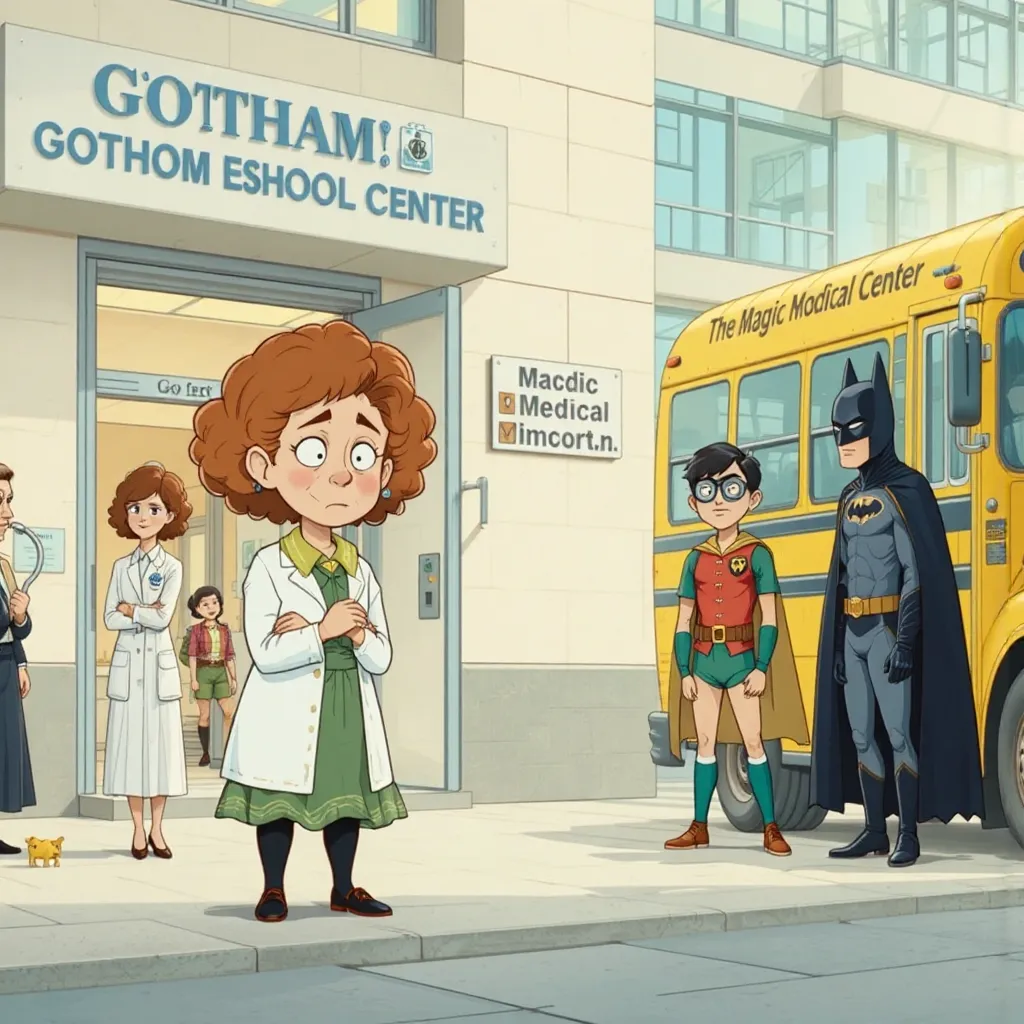

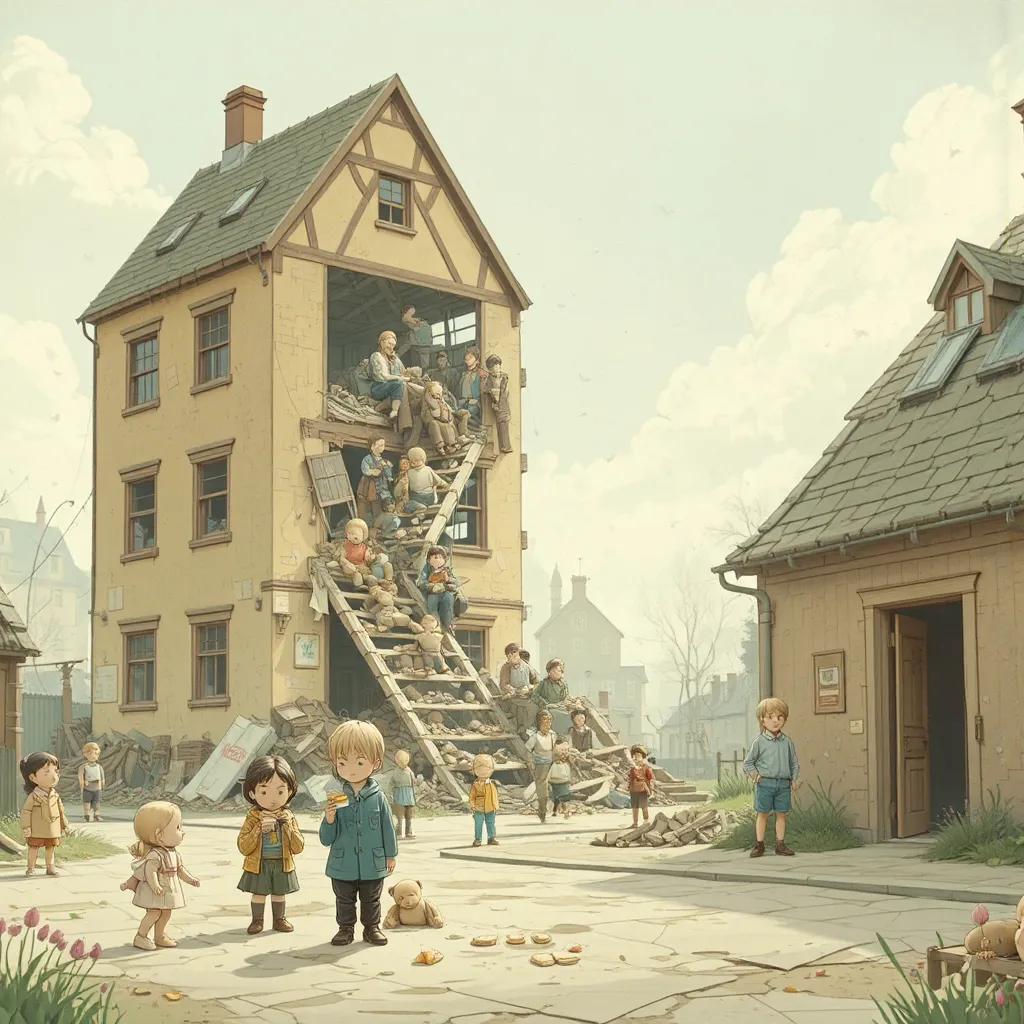

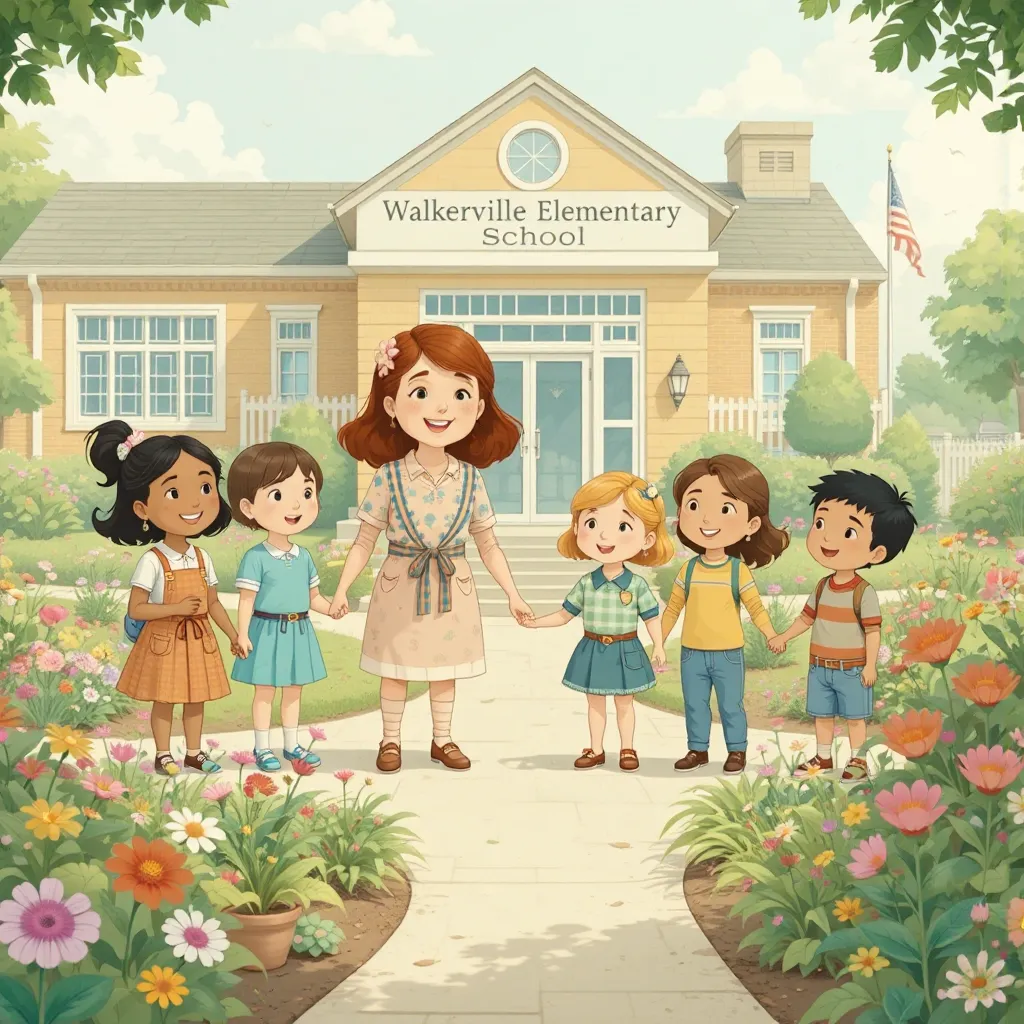



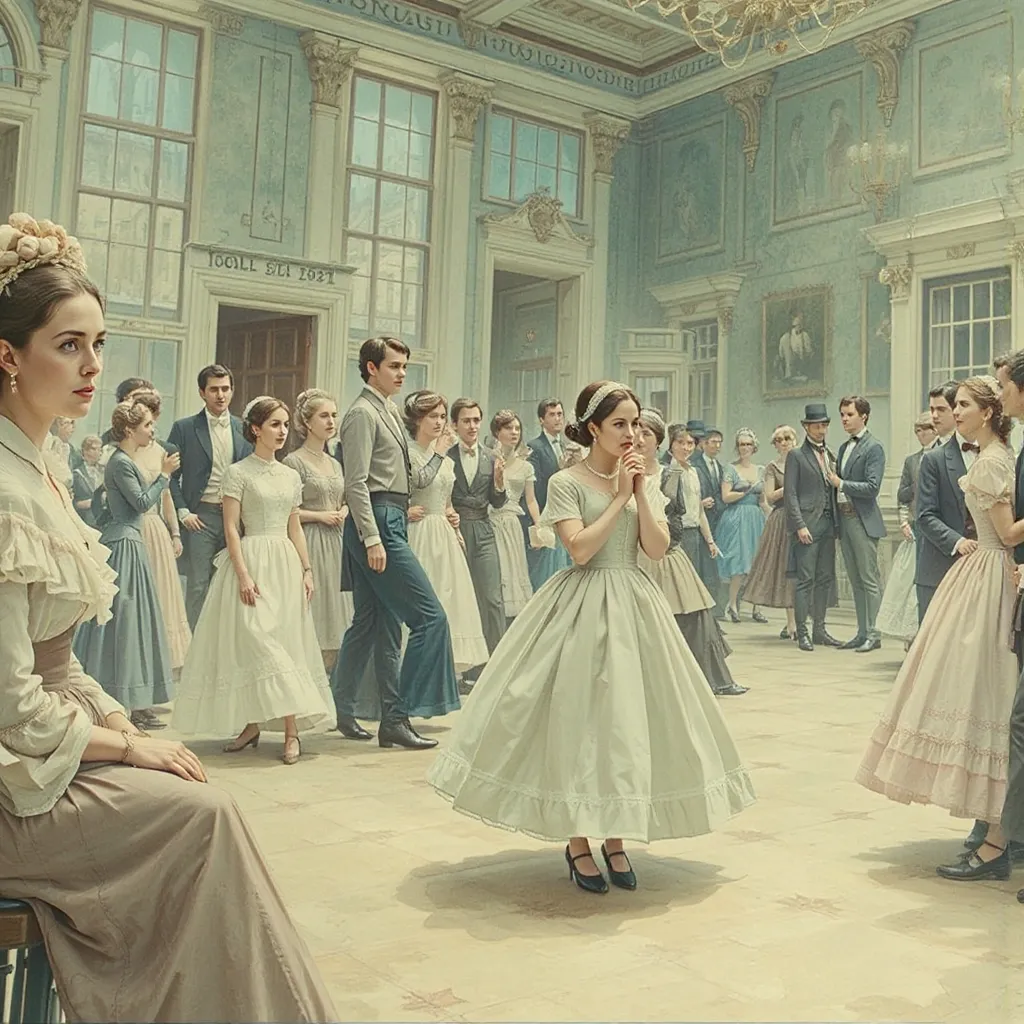








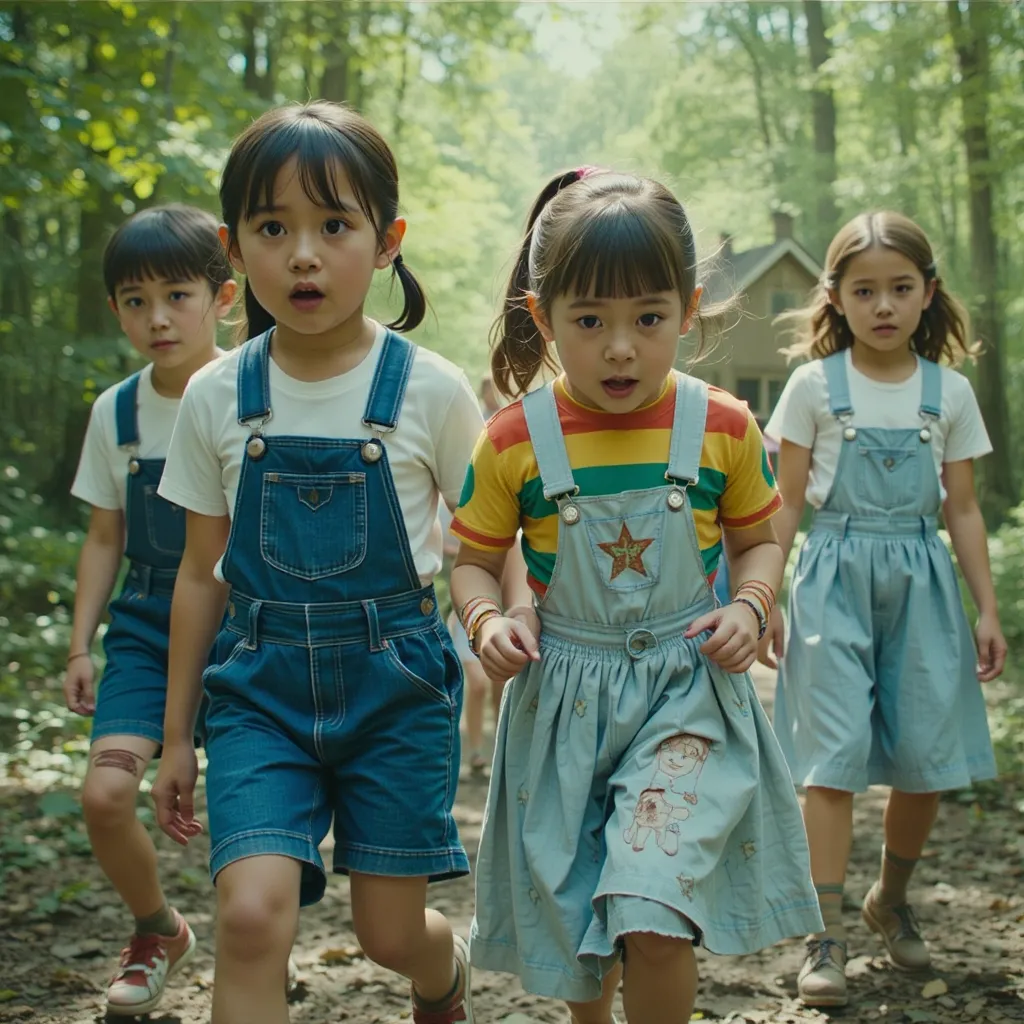



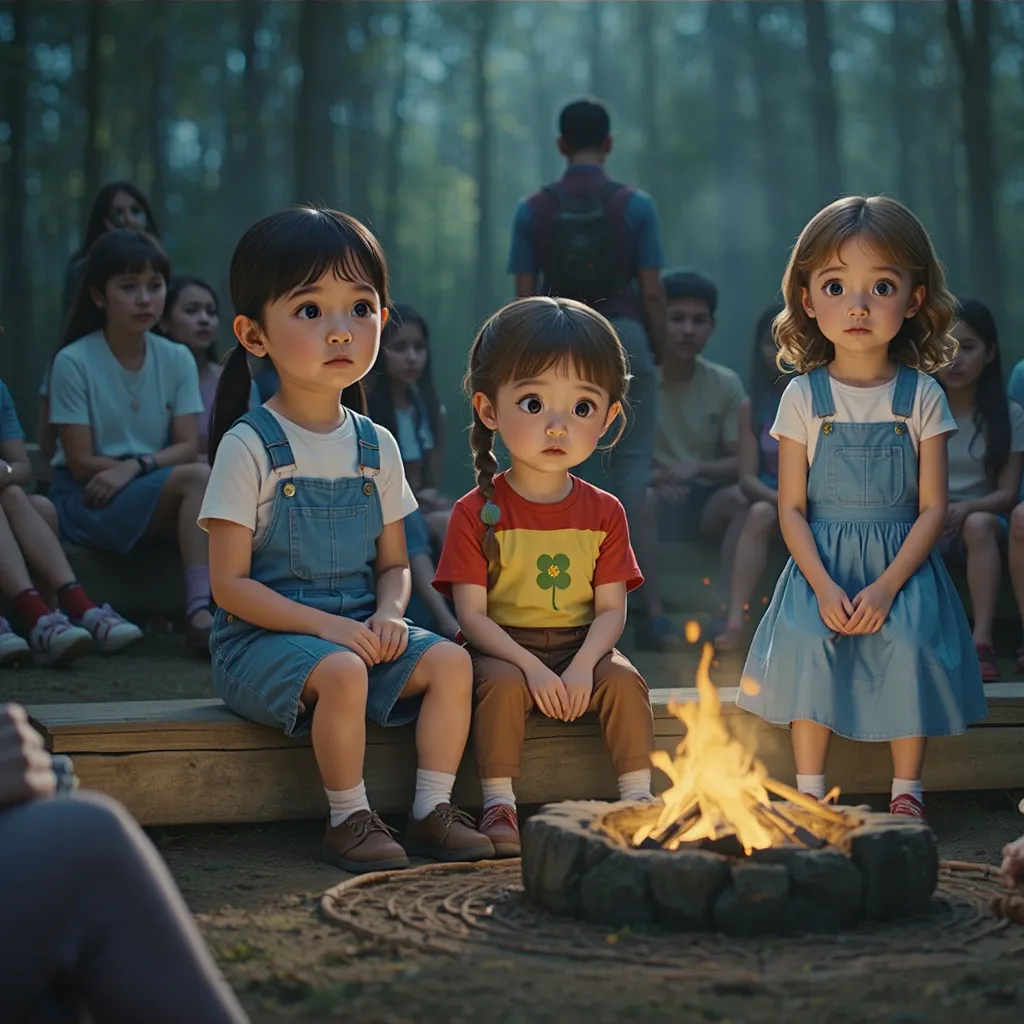






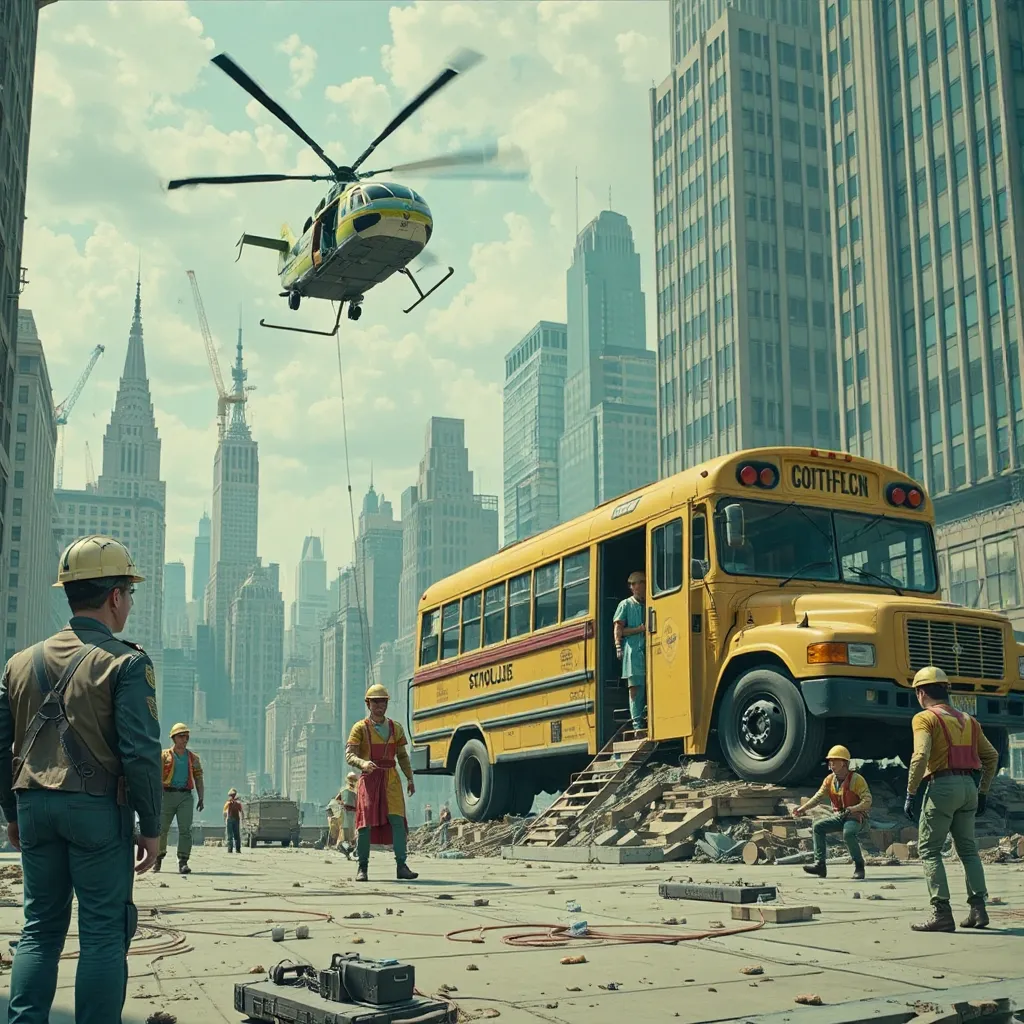






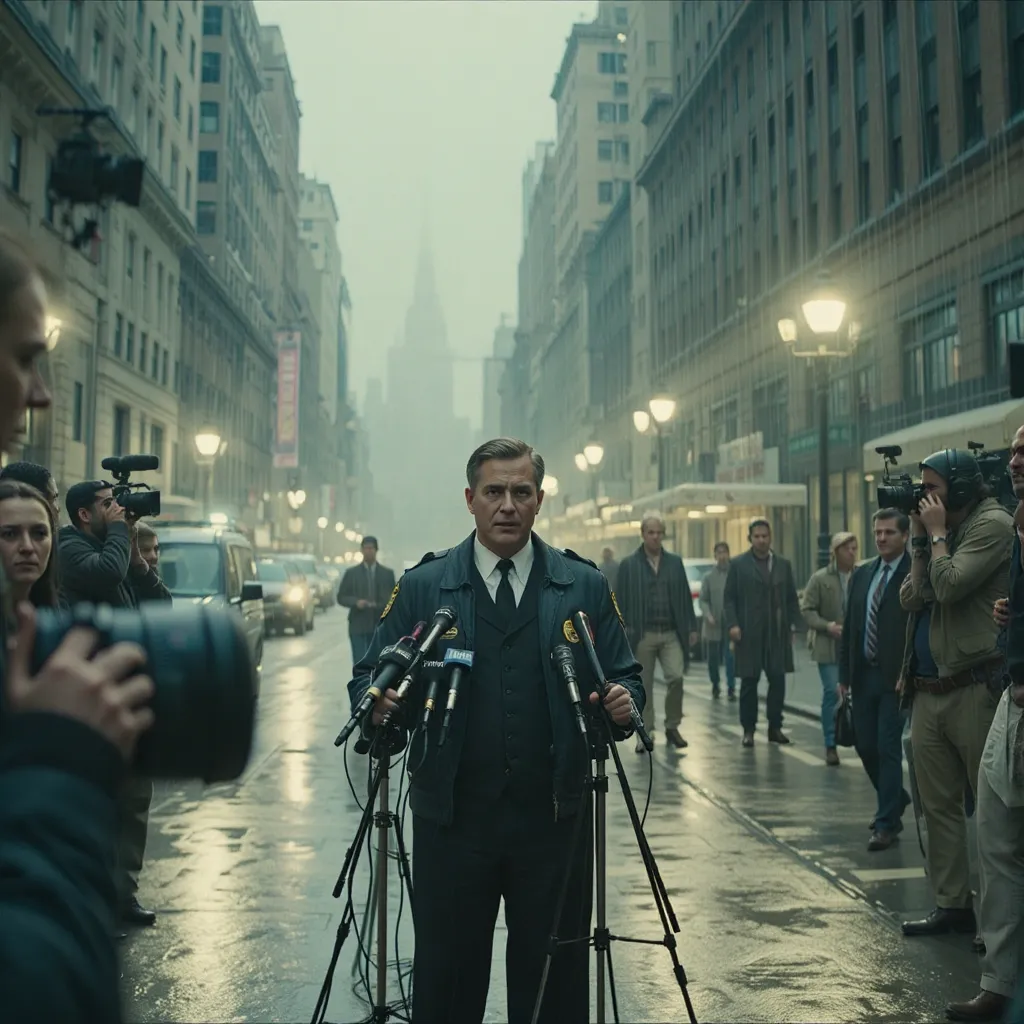
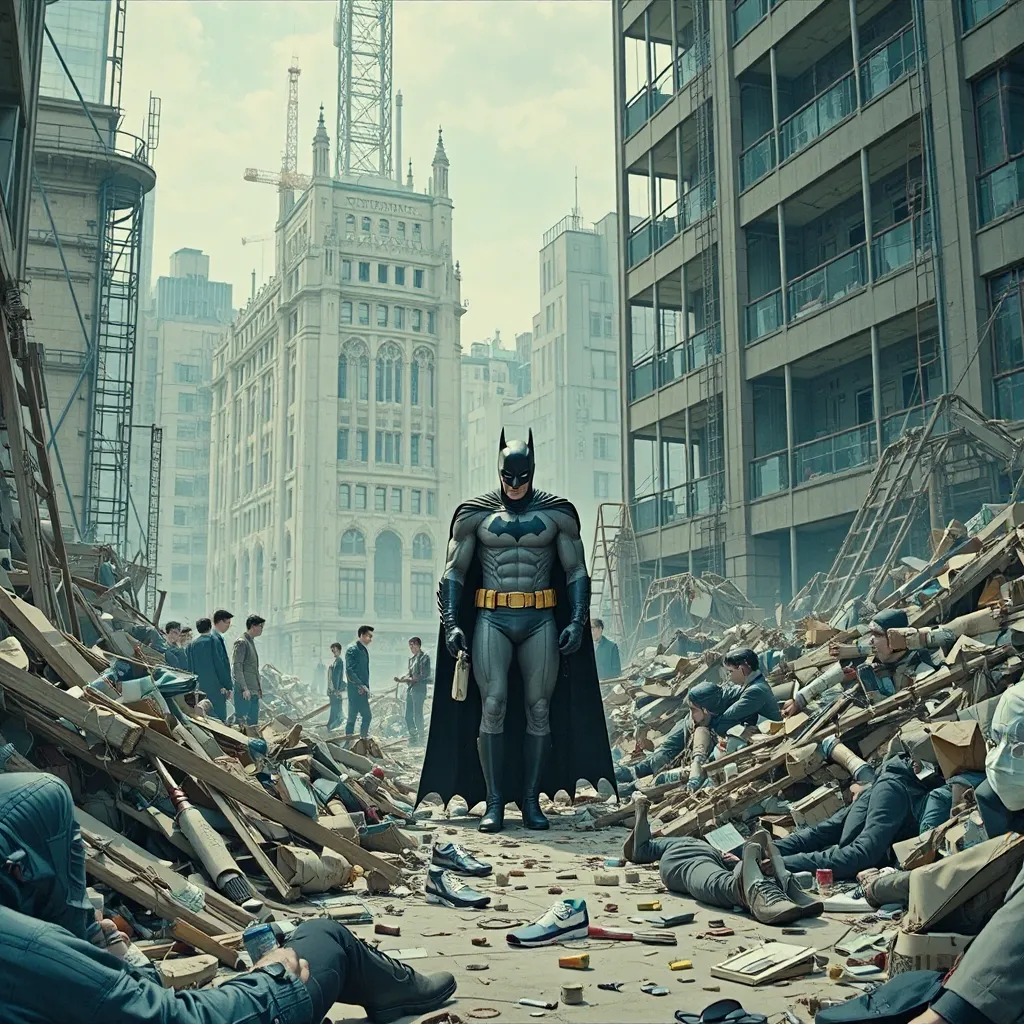


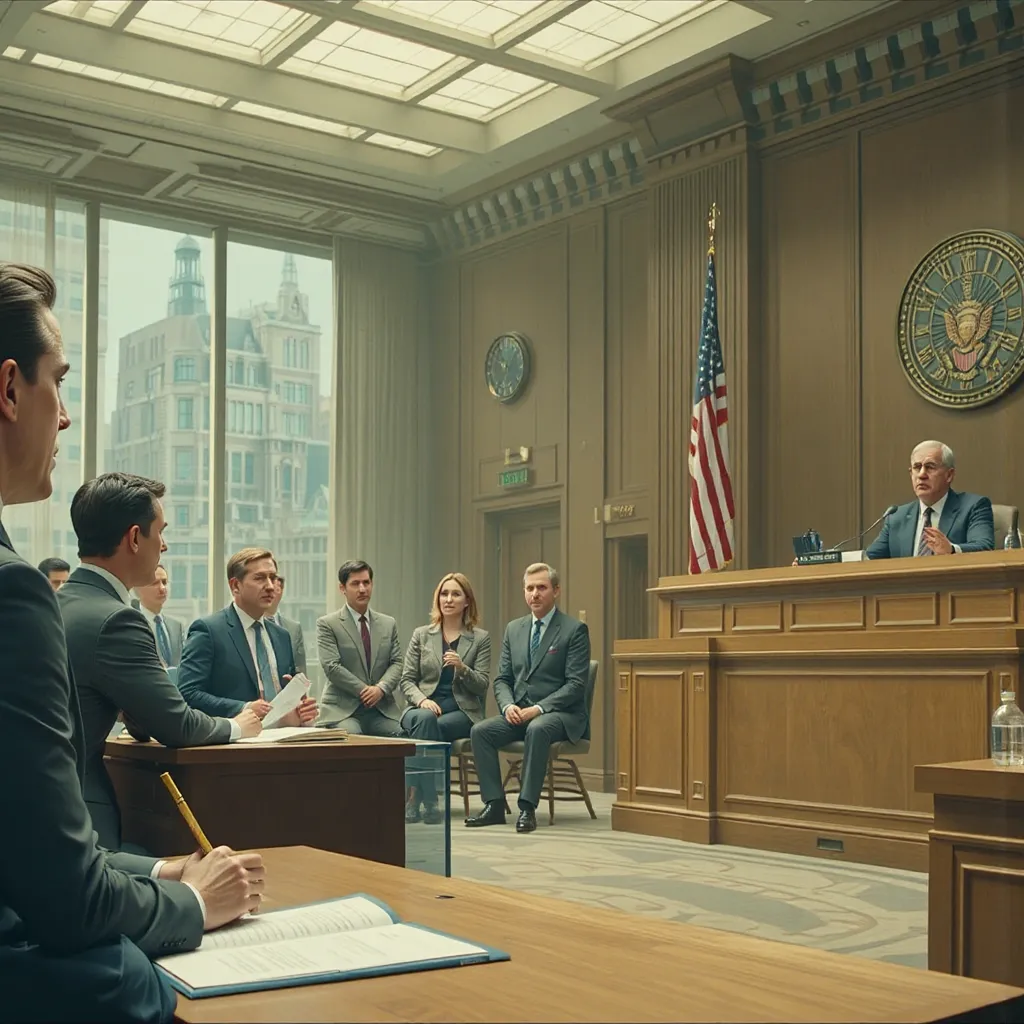

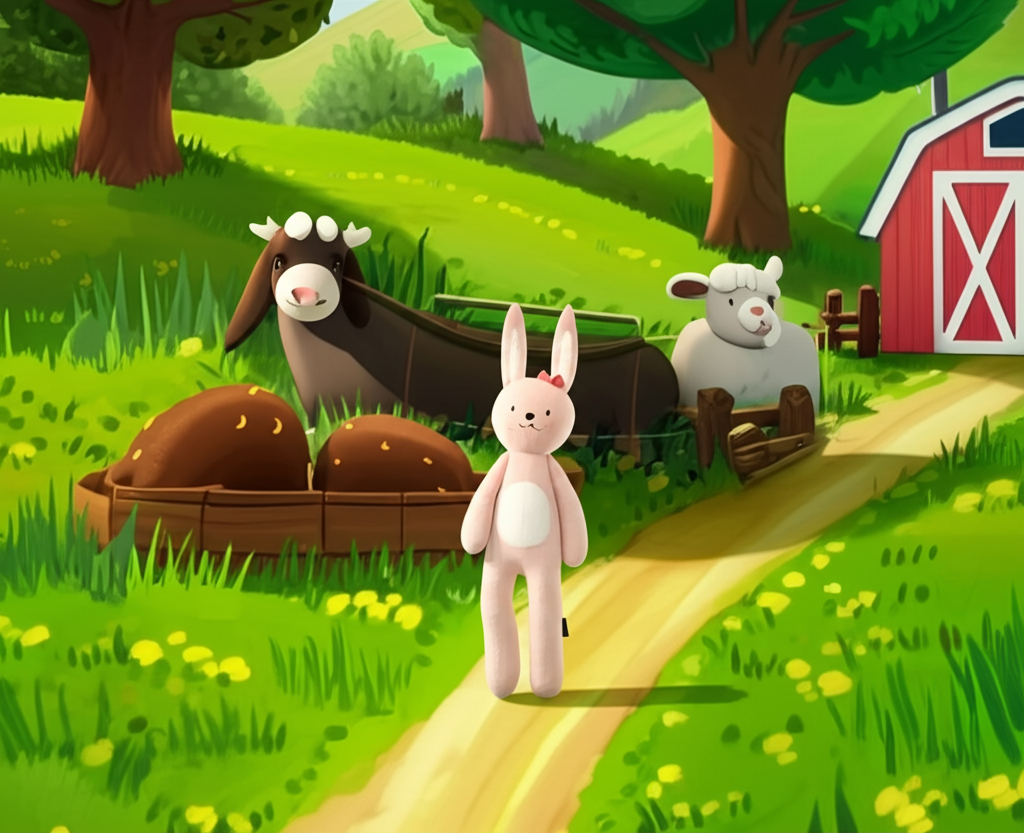 Lily the plush rabbit lived on a cozy shelf in a little girl’s room. One sunny morning, a playful breeze blew the window open, and Lily tumbled off the shelf, landing right in a basket filled with soft blankets. Unbeknownst to her, the basket was being packed for a trip to Grandma’s farm! When the car finally stopped, Lily found herself surrounded by the sights and sounds of a bustling farm. She peeked out of the basket and gasped – green fields, a red barn, and animals she had only seen in books!
Lily the plush rabbit lived on a cozy shelf in a little girl’s room. One sunny morning, a playful breeze blew the window open, and Lily tumbled off the shelf, landing right in a basket filled with soft blankets. Unbeknownst to her, the basket was being packed for a trip to Grandma’s farm! When the car finally stopped, Lily found herself surrounded by the sights and sounds of a bustling farm. She peeked out of the basket and gasped – green fields, a red barn, and animals she had only seen in books!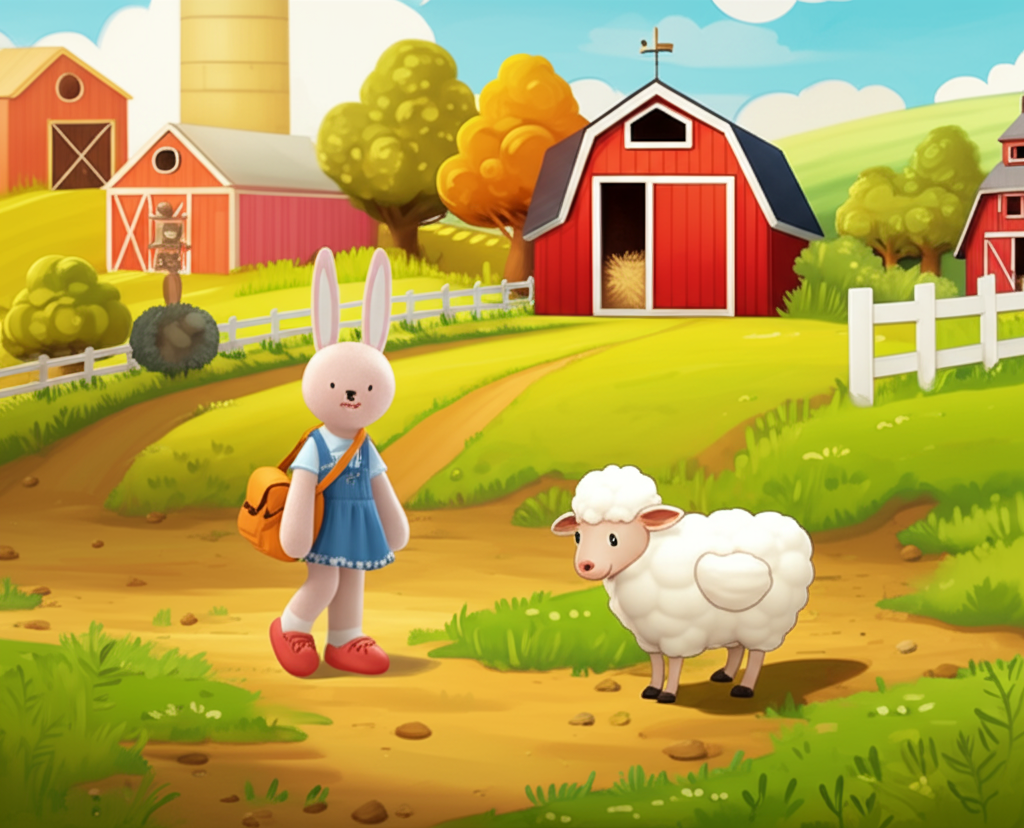 Excited, Lily hopped out of the basket. She decided to go on an adventure. Wearing a tiny blue dress and a small satchel she found nearby, she set off to explore. The first creature she met was a fluffy white lamb, munching on grass near a white fence. “Hello!” Lily called out. The lamb looked up, bleated a friendly “Baa,” and they began to chat about life on the farm.
Excited, Lily hopped out of the basket. She decided to go on an adventure. Wearing a tiny blue dress and a small satchel she found nearby, she set off to explore. The first creature she met was a fluffy white lamb, munching on grass near a white fence. “Hello!” Lily called out. The lamb looked up, bleated a friendly “Baa,” and they began to chat about life on the farm.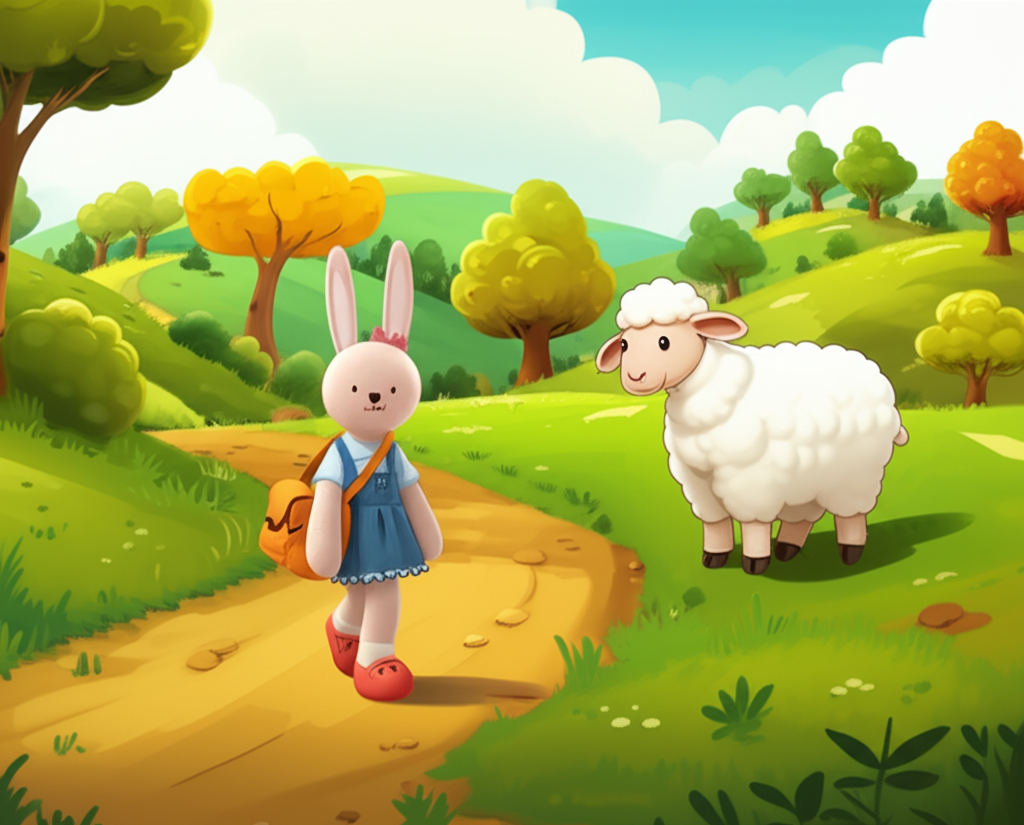 The lamb told Lily about the winding paths that led to different parts of the farm. Intrigued, Lily thanked the lamb for the information and continued her walk down a dusty path that curved gently through a field dotted with colorful wildflowers.
The lamb told Lily about the winding paths that led to different parts of the farm. Intrigued, Lily thanked the lamb for the information and continued her walk down a dusty path that curved gently through a field dotted with colorful wildflowers. As Lily strolled through the flower field, butterflies fluttered around her, and a gentle breeze made the flowers sway. She felt a sense of joy and wonder, marveling at the beauty of nature. Red hearts seemed to float in the air around her, representing her happiness.
As Lily strolled through the flower field, butterflies fluttered around her, and a gentle breeze made the flowers sway. She felt a sense of joy and wonder, marveling at the beauty of nature. Red hearts seemed to float in the air around her, representing her happiness. Continuing her journey, Lily climbed a small hill. From the top, she could see the entire farm spread out before her – the big red barn, the fields, and even a small pond shimmering in the sunlight. The view filled her with excitement for more adventures.
Continuing her journey, Lily climbed a small hill. From the top, she could see the entire farm spread out before her – the big red barn, the fields, and even a small pond shimmering in the sunlight. The view filled her with excitement for more adventures. As the sun began to set, casting long shadows across the farm, Lily decided it was time to head back. She walked towards the big red barn, feeling happy and content after her exciting day of exploration. She knew this was just the beginning of her farm adventures.
As the sun began to set, casting long shadows across the farm, Lily decided it was time to head back. She walked towards the big red barn, feeling happy and content after her exciting day of exploration. She knew this was just the beginning of her farm adventures.








